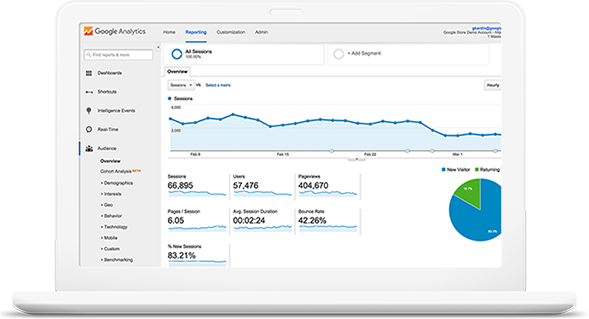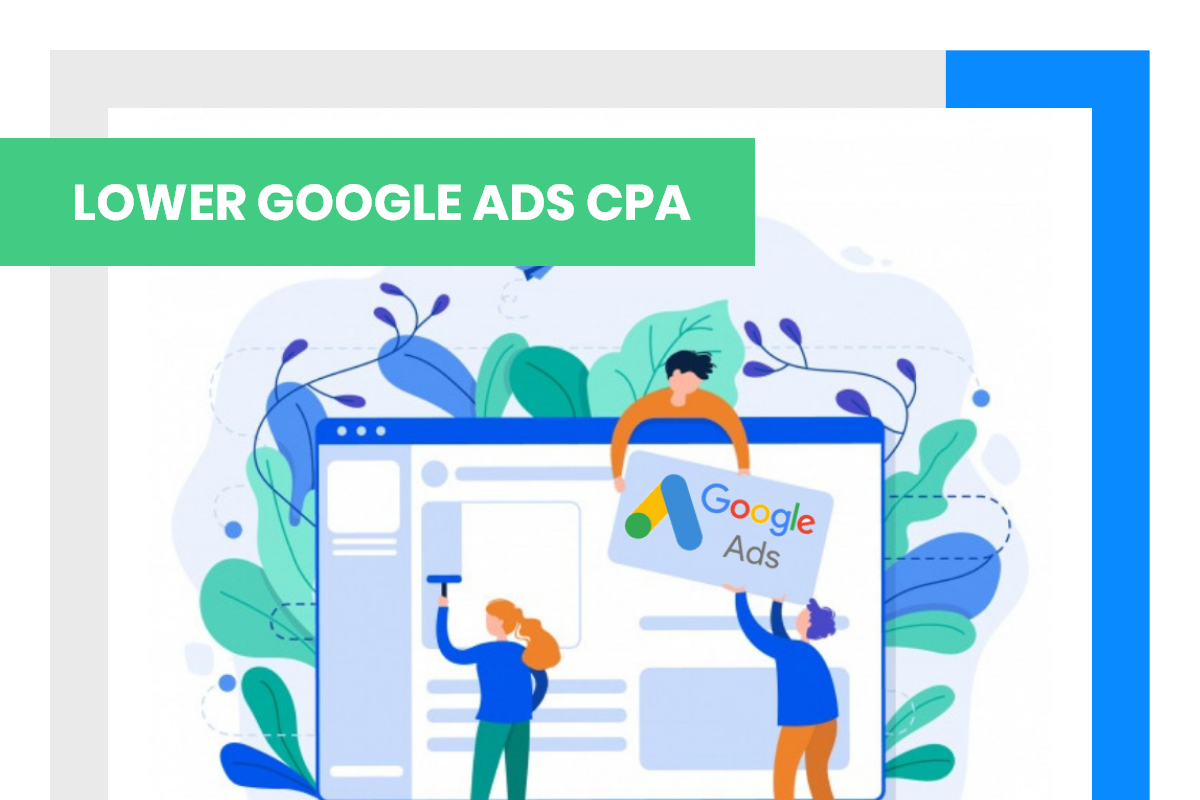The newfound way of acquiring customers is digital. Companies are increasingly resorting to internet marketing techniques for generating fresh leads and acquiring new customers. Typical techniques are SEO and PPC. Google Ads is a popular choice for most companies. On average, the CPA in Google Ads, across sectors, is USD 56.11 for search and USD 90.80 for display network. At this point, you must be speculating about search and display networks. These are avenues that help businesses pander to potential customers.
Understanding CPA
CPA stands for Cost Per Acquisition. According to Google, CPA is the price that advertisers pay for every new customer that is acquired. It is figured by dividing the total cost of conversions by the quantity.
Next, let us delve into how you can acquire these new leads. There are two approaches to doing this: search and display networks. Search engines include the likes of Google and Bing. Display Network comprises business and social networking sites such as LinkedIn, Quora, Facebook and Instagram.

10 Ways to Lower Your Google Ads CPA
Review your account structure and keywords
Having a profound account structure and keywords strategy helps you control the outcome. That is, you get to decide how you want your ads to be triggered. Secondly, you can select the timing and the platform for your ads to appear. A well-structured account with precise keywords will ensure a higher quality score and ad relevance. Also, keep in mind the critical components of campaigns, ad groups, ad text and landing pages.
Review Your Campaign Bids & Budget
Several aspects go into campaign bids and budget. The two prominent ones are keywords and ad copy. As an advertiser, you need to shell out money for your ads to feature at the most suitable time. The mechanism works similar to television ads, wherein peak hours cost more than the slack hours. So, if your bids are higher, you will run out of your budget.
Non-keyword Bid Adjustments
Apart from keywords, other parameters define your bids. Also, look at your settings such as mobile device bidding, day-parting, geographic focus and display partners. When optimizing bid adjustments for devices, you must not forget to implement offsetting bid adjustments for the remaining devices. Doing so applies more of your ad dollars towards the higher-performing devices, which, in turn, garner higher conversions.
Review Your Website & Landing page
When it comes to websites and landing pages, less is more. First, go for a header that is short and clear yet compelling. Second, have a clean and organized design. Third, be minimalist. Now, minimalist does not mean dull. Colour and images are integral. In this context, minimalist means seamless navigation and a convenient UI/UX design. Check out, right here, the landing page reviews of these companies to know what you can do better at your end.
Review Quality Score
The Quality Score is Google’s way of rating your keywords and ad. So, how can you rally the quality score? Well, multiple factors are involved in the quality score. These are your click-through rate or CTR, keyword and ad group relevance, ad text relevance, and past performance of your Google Ads account. When it comes to your campaigns, Google grades them in the three areas of keywords, ads and landing pages.
Retargeting for cart abandonment
Cart abandonment is a setback for businesses across the board. Research posits that, in 2019, the average cart abandonment rate was a whopping 69.57 per cent. Let us say that after clicking on a catchy email, you have added a few items to your cart. Next, you get an important call from your boss, and you get engrossed with that. Although you have added items to that cart, you haven’t yet checked out. Now, such events are inevitable. The solution is retargeting ads. These could be something like, “You forgot to check out” or “Here’s a 20 per cent off”.
Review your negative keyword list
So, what are negative keywords and why are they important? These prevent your ads from pandering to people who search for or browse content related to those words. Say, Nike promotes running shoes. In this case, blue tennis shoes and outdoor footwear fall under the gambit of negative keywords. Negative keywords help improve your CTR, create relevant ad groups, and increase the conversion rate.
Smart bidding
Smart bidding comprises a set of automated bid strategies that use machine learning for maximizing conversions. The defining factors are location, time of day, devices and the historical performance of ads. The difference here is the learning period. In this, Google Ads collects performance data from your ads and understands their mechanism and results. Once done, the information gets fed back onto smart bids. So, more than data, history is paramount.
Conversion setting adjustment
Recently, in May, Google announced the campaign-level conversion setting feature. Advertisers can now select the conversion actions which the algorithm should track and optimize for a campaign. A few of you might throw away the question, so what’s changed? With this, advertisers can now specify which action(s) should populate your conversion data. At the account-level conversion setting, campaign managers could only populate the conversion metrics.
Post-Click Optimization
Post-click optimization (or PCO) is everything that happens between ad click and conversion. It enables marketers to optimize and personalize post-click landing pages for maximum conversions. The three essential components are scalability, segmentation and optimization. To get right by this, you need to work on load times, message consistency and contrasting CTA buttons, among others.
Parting Words
Every Google Ads campaign will be unique. So, there is no one-size-fits-all solution. Nonetheless, each campaign will have a low-hanging fruit that you can easily revamp to get quick conversions. Overall, you will need to curate a strategic approach. The above tactics set the floor and offer a framework that can lower down your CPAs.






